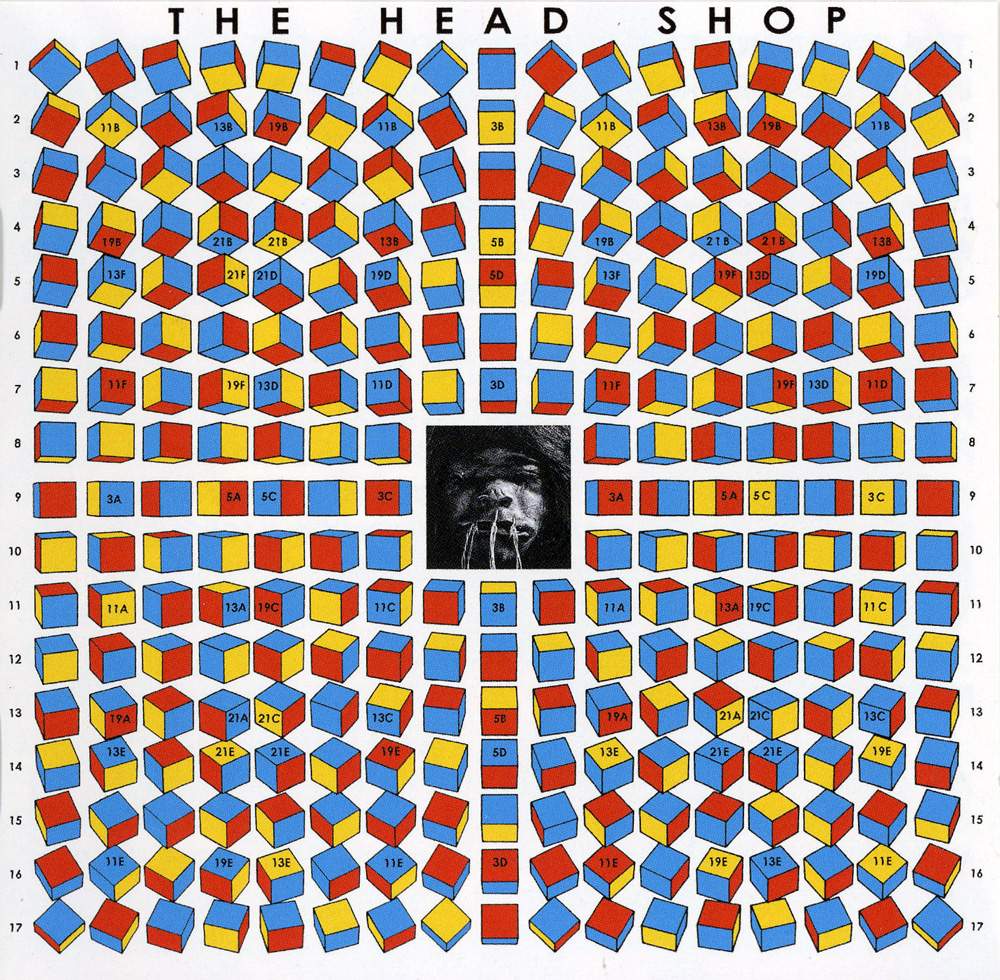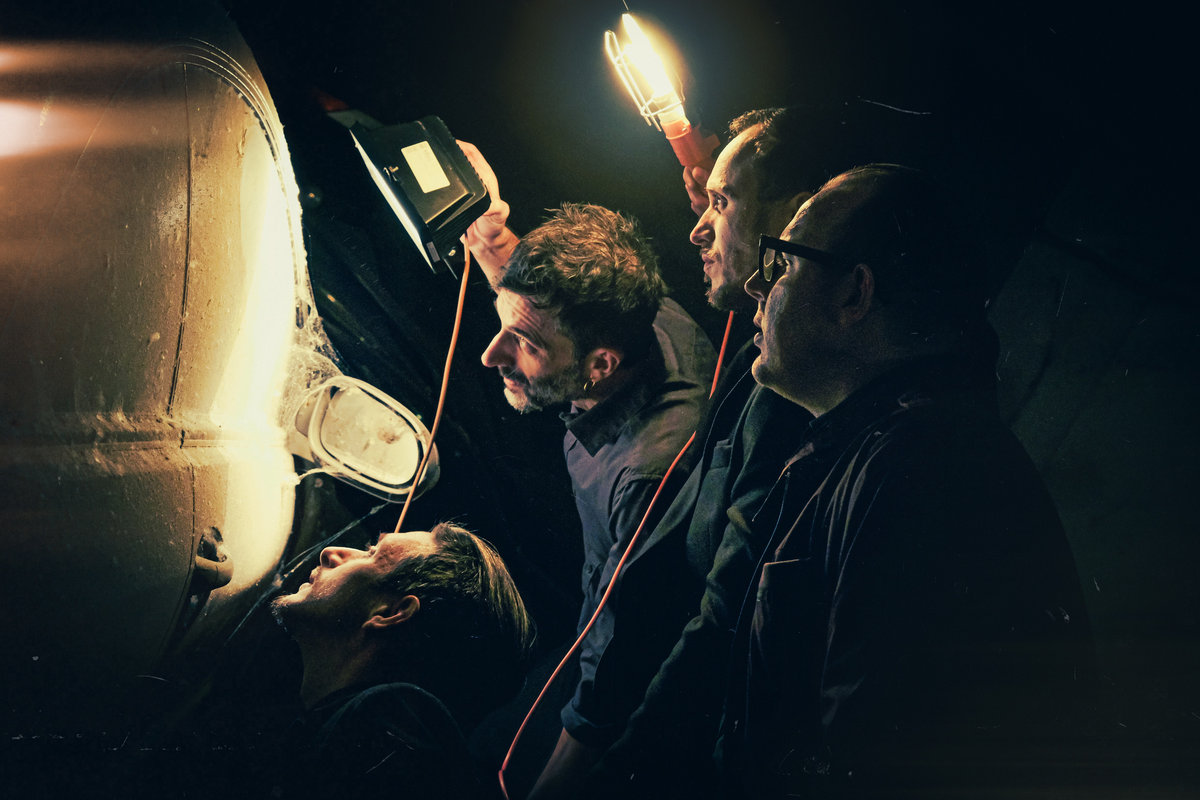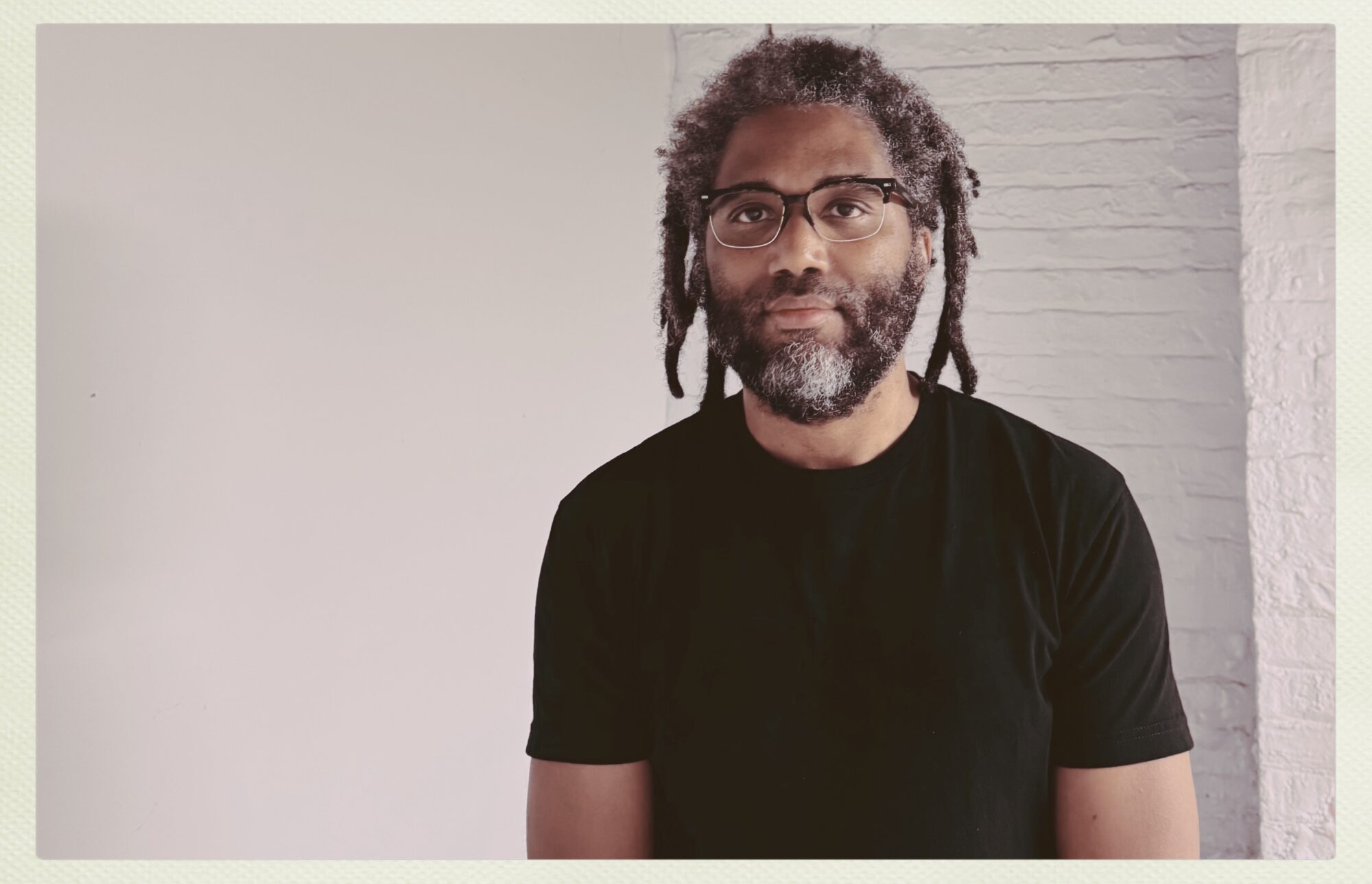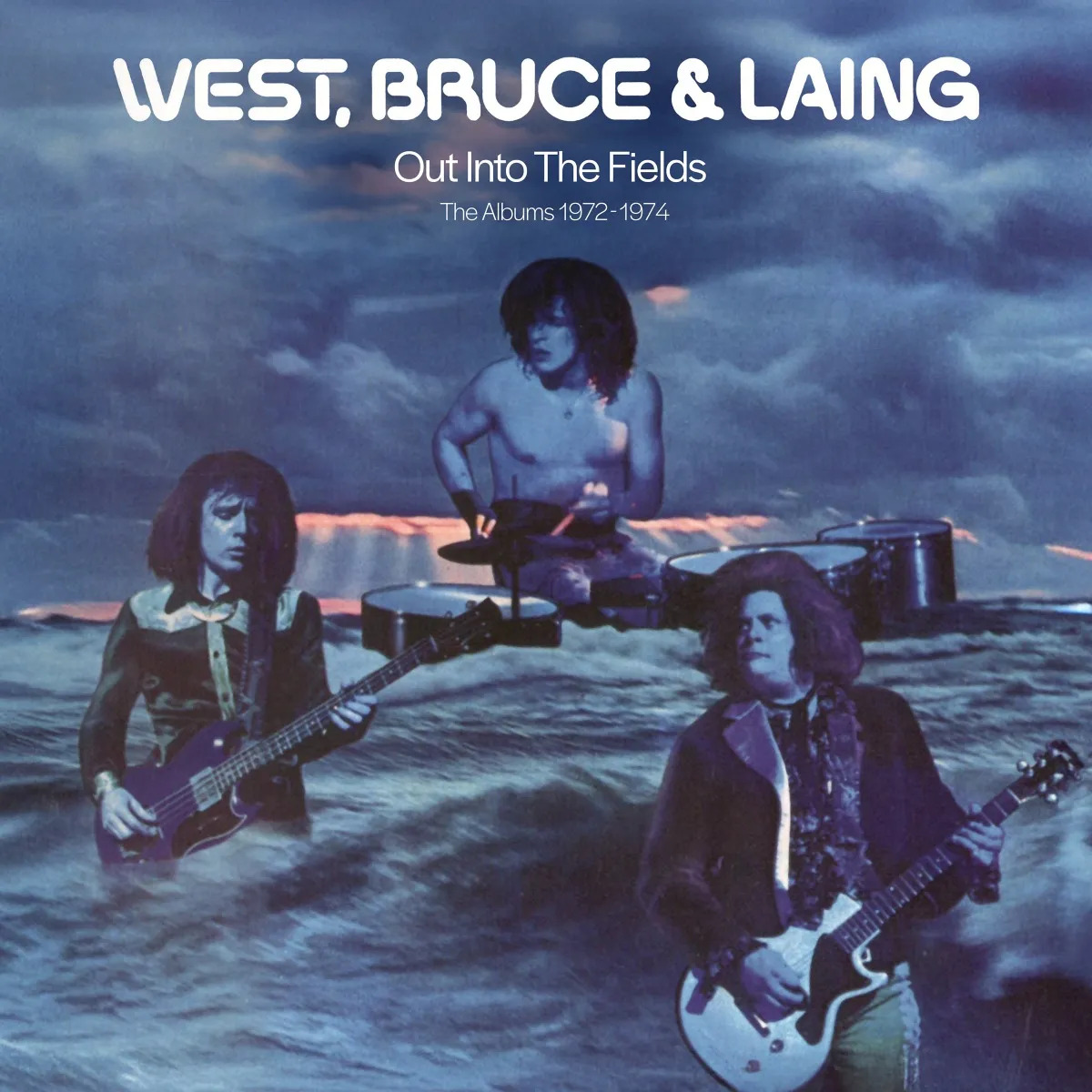The Head Shop | Interview | Exploring the ’69 Fuzzy Realms
In the kaleidoscopic haze of the late 1960s, a unique musical entity known as The Head Shop emerged, blending the raw energy of rock with the mind-expanding vibes of psychedelic music.
Their journey began in New York City, where the cultural and musical revolution of the era provided fertile ground for their experimental sounds. At the heart of this transformation was Dan Prosseda, whose musical odyssey started as a 16-year-old strumming a cheap acoustic guitar, inspired by legends like Buddy Holly and Duane Eddy. This modest beginning laid the foundation for what would become a fascinating band.
The origins of The Head Shop trace back to various early musical endeavors. Prosseda and his colleagues first made waves as part of an a cappella group before evolving into The Aladdins, a band that saw several line-up changes and a notable evolution in their musical style. It was during this time that they recorded their first single under the name The Household Sponge, a moniker hastily adopted to avoid confusion with another group. Their single, ‘Scars’ and ‘Second Best,’ recorded for Murbo Records, marked the beginning of their recorded legacy.
The pivotal moment in the band’s history came with their introduction to Milan Radenkovich, known as Milan the Leather Boy, a producer whose vision and contacts in the music industry would propel them into new artistic realms. It was Milan who orchestrated their sessions at the prestigious Capitol Records Studio in New York City, where their eponymous debut album was crafted. Released by Epic Records, this album stood as a testament to the psychedelic era, characterized by its innovative use of studio techniques and eclectic instrumentation.
The Head Shop’s sound was a reflection of the diverse tastes of its members, yet it was Milan’s direction that gave their music a distinctive psychedelic edge. Despite the band’s creative input being limited in the final production, the album encapsulated the experimental spirit of the time with tracks that took listeners on a journey through what was described in promotional materials as “9 musical chapters that will lead you into new musical and audiophile dimensions of psychedelic art of music.”
Their live performances, however, painted a different picture. Known for their dynamic stage presence, The Head Shop often played the nightclub, bar, and college circuit, captivating audiences with a raw and unfiltered version of their studio work. Despite the album’s polished production, the band believed their live sound captured their true essence—an essence that was unfortunately often lost in the heavily produced final mix of their records.
The untimely death of Milan and the subsequent loss of support from Epic Records led to the band’s dissolution, leaving behind a legacy that is cherished by psychedelic rock aficionados. Their story is one of brief brilliance, marked by memorable gigs, radio play, and an enduring influence that persists in the annals of acid rock.
With unreleased material hinted at by Prosseda, we wonder what more The Head Shop could have offered with a bit more luck back then.
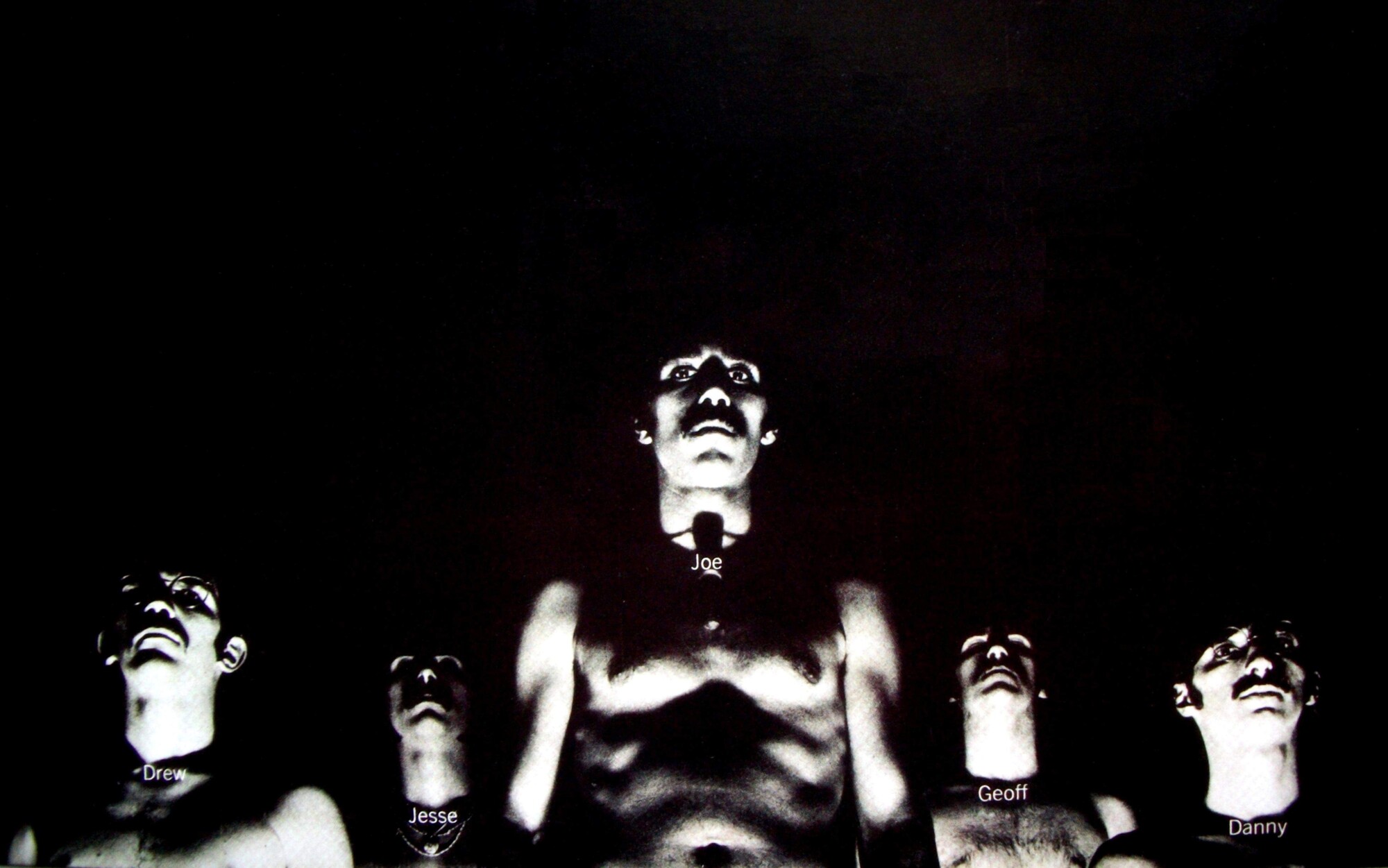
“All songs were recorded live in the studio”
When did you begin playing music? What was your first instrument? Who were your major influences?
Dan Prosseda: I started playing music when I was 16 years old. My first instrument was a cheap acoustic guitar. My major influences included The Drifters, Johnny & the Hurricanes, Ritchie Valens, Buddy Holly, Duane Eddie, and Chet Atkins.
What bands were you (and your colleagues) a member of prior to the formation of The Head Shop?
Before The Head Shop, I was part of an a cappella group with Rich Torelli, Bill Schalda, and various others. Later, I was in The Aladdins with Drew Sbordone, Donnie Biamonte, Billy Campbell, Joe Siano, Kevin Buck, and Jesse Luca. The final lineup of The Aladdins included me, Drew Sbordone, Joe Siano, Jesse Luca, and Donnie Biamonte.
Tell us more about The Household Sponge. You recorded a single for Murbo Records.
In 1965, we changed our name to The Household Sponge because there was already a group called The Aladdins. We recorded our first 45, ‘Scars’ and ‘Second Best,’ for Murbo Records. We had to come up with a name quickly. Donnie quit the band by then, and our producer/manager introduced us to Geoff Wright, who played keys. Jesse, our drummer, also left right before we recorded, so Geoff introduced us to Billy Hayes.
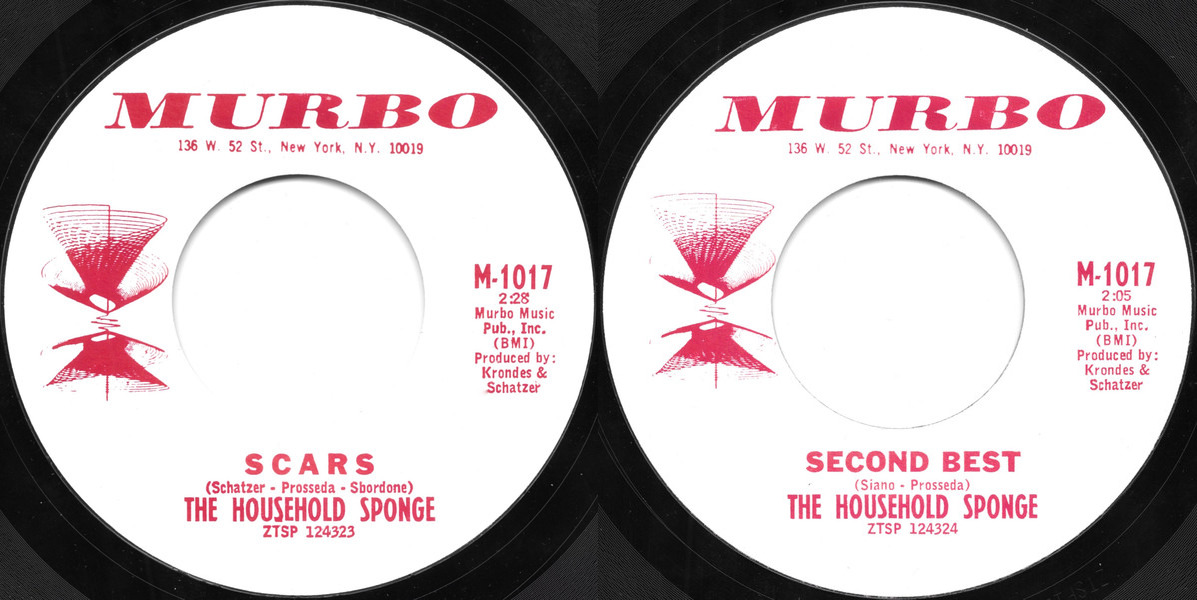
Can you elaborate on the formation of The Head Shop?
After The Household Sponge, Jesse Luca returned for the final version of the band. Our producer from ‘Scars’ and ‘Second Best,’ Lew Shatzer, moved to LA and introduced us to Milan Radenkovich. Milan arranged for studio time at Capitol Records in NYC.
What sort of venues did The Head Shop play early on? Where were they located?
We played in nightclubs, bars, and on the college circuit.
How did you decide to use the name “The Head Shop”?
The name was chosen by Milan.
What influenced the band’s sound?
Our sound was influenced by individual tastes.
Did the size of audiences increase following the release of your debut?
The size of our audiences stayed about the same.
How did you get signed to Epic?
Milan had a contact at Epic.
What’s the story behind your album? Where did you record it? What kind of equipment did you use and who was the producer? How many hours did you spend in the studio?
We recorded the album at Capitol Records Studio in NYC. The equipment included a combination of the studio’s house drum kit and Jesse’s Ludwig kit, a Fender Jaguar guitar with a Fender Super Reverb amp, a Gibson Maestro Fuzztone, a Gibson EBO bass with direct input, and keys such as the Hammond B3, Leslie tone cabinet, and Farfisa combo direct. The album was produced by Milan and Max Ellen. I don’t remember the exact studio time, but our sessions were in the late evening, possibly after normal hours.
Please share your recollections of the sessions. What were the influences and inspirations for the songs recorded?
All songs, except for ‘Sunny,’ ‘Yesterday,’ and ‘Revolution,’ were written by Milan and Max Ellen. Some songs were learned in the studio from sheet music, basically just chord notes. All songs were recorded live in the studio without vocals, which were added later, along with some overdubs and other additions.
Would you share your insight on the album’s tracks?
We had no input on the album’s tracks.
Was there a certain concept behind the album?
The concept was all Milan’s; we had no input.
The cover artwork was also Milan’s idea; we had no input.
According to the original promotional material for the album, the band performs “9 musical chapters that will lead you into new musical and audiophile dimensions of psychedelic art of music.” Can you elaborate on this?
That was all Milan; we had no input.
Were you inspired by psychoactive substances like LSD at the time of writing the album?
No, we were not inspired by psychoactive substances.
How did you get Larry Coryell to play on ‘I Feel Love Comin’ On’?
Milan got him.
How pleased was the band with the sound of the album? What, if anything, would you like to have been different from the finished product?
Our feelings were mixed. We thought we sounded better live. The final mixdown had too much reverb in some spots, too many “tricks,” hard panning, and some mistakes left in. It sometimes seemed rushed. We had no input on the final mix.
Did the band tour to support the LP?
After Milan’s death, we were dropped by Epic and had no support. We played a lot of college gigs.
Why did you perform live under the moniker of The Aladdins?
The Aladdins was our first band. It originally started as a singing group (do-wop), then I added guitar accompaniment, and later we added electric piano, bass, and drums.
What are some of the craziest stories that you can share?
We were going to be the backup band for Screamin’ Jay Hawkins for his revival, but he fell off the wagon and dropped out. We were almost booked into the Apollo. We also met Jimi Hendrix around 1965 when we were both playing at Joey Dee’s Starliter Club in NYC.
What happened after the band stopped? Were you still in touch with other members? Is any member still involved with music?
After the band stopped, we all finished college and got regular jobs. Two of us, Drew and I, got married, but we still keep in touch. Jesse moved to LA and sadly passed away in 2020. Geoff continued in music, playing bass and touring with Peter Noone for a few years.
Looking back, what was the highlight of your time in the band? Which songs are you most proud of? Where and when was your most memorable gig?
Headlining shows at Palisades Park in New Jersey for WMCA Radio station, NY as The Household Sponge was a highlight. We performed three shows during the summer of 1967 and loved playing covers like ‘Yesterday,’ ‘Revolution,’ ‘Midnight Hour,’ and our originals ‘Scars’ and ‘Second Best.’ Another memorable gig was a concert in Burlington, Vermont, where a local radio station hosted a “Head Shop Weekend” with interviews and more. Hearing our band on WNEW, NY was also unforgettable.
What are some of your favorite memories from The Head Shop and the 60s in general?
Some of my favorite memories include radio play and the band truck.
Is there any unreleased material by The Head Shop?
Yes, there is some unreleased material.
Klemen Breznikar

